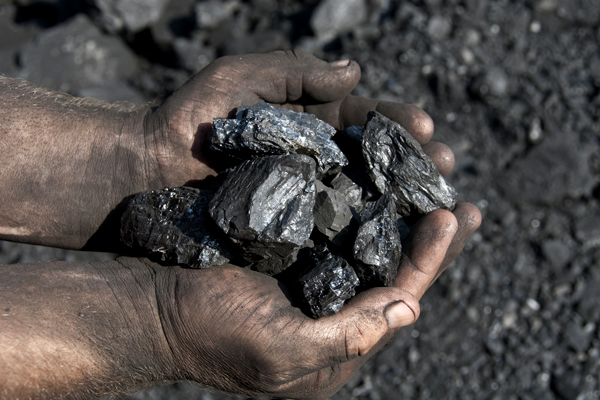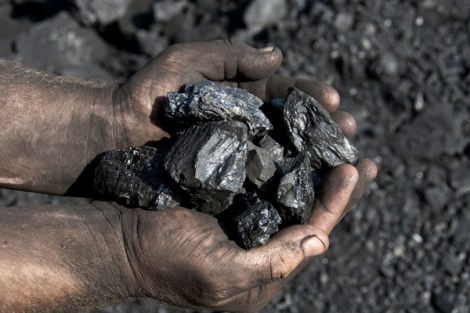As I’ve been writing about with some frequency, the U.S. coal industry is on the decline. The reasons are familiar by now: the low price of natural gas, new EPA regulations, the relentless grassroots anti-coal movement, the rising costs of production, flat or falling electricity demand, the recession, and, this past year, an unseasonably warm winter.
The result is unfolding before us: U.S. coal production is down 9 percent from 2011, according to preliminary numbers from the EIA. And coal folks are not particularly optimistic about next year either:
“I think 2013’s going to be a difficult year,” [Marion Loomis, executive director of the Wyoming Mining Association] said. “Until the economy recovers and we start to see some growth, any increased (electricity) demand is probably going to be met with natural gas.”
It’s possible that economic growth will pick up in a significant way. But natural gas is going to stay cheap for the foreseeable future, EPA regs aren’t going away, production costs are only going to continue rising, and climate change is going to see to it that future winters are less cold.
The only thing that can save U.S. coal is ramping up its overseas exports. As this year’s drop in production shows, that’s not happening fast enough to offset U.S. coal’s inexorable decline.




